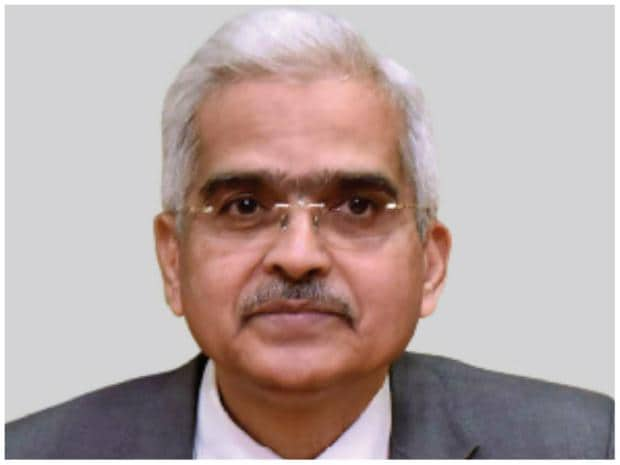[ad_1]
Headline retail inflation may have fallen within the Reserve Bank of India’s (RBI’s) tolerance band, but core inflation remains uncomfortably high and the central bank’s focus is on the metric, Governor Shaktikanta Das said on Friday.
“Core inflation is around 6.1 per cent, and the previous month (it) was about 6 per cent. Although the momentum of core inflation within that seems to have slightly moderated, the point remains that core inflation remains sticky at 6 per cent and that is not a very comfortable number to deal with,” Das said at Business Today’s Banking and Economy Summit.
“… We have to be very vigilant,” he said.
The data released Thursday showed that India’s CPI inflation fell to 5.72 per cent in December as against 5.88 per cent in November.
The RBI’s target for CPI inflation is 4 per cent while its tolerance band is 2-6 per cent.
Core inflation, which strips out the volatile components of food and fuel, has been above 6 per cent for some months now.
Das acknowledged a large part of the decline in headline CPI (consumer price index) inflation in December was owing to a decline in food prices.
“Inflation (coming down) is mainly due to the softening of food inflation,” he said.
The RBI raised the repo rate by 225 basis points in 2022. The central bank’s next policy statement is on February 8.
Supply-side measures taken by the government, along with the easing of supply-chain bottlenecks both globally and the rate hikes already delivered by the central bank, would play a role in bringing down core inflation, Das said.
He cited the steps taken by the government last year such as the reduction in taxes on fuels.
While stating the RBI had taken the right decision regarding the timing of the rate hikes and therefore ensured that economic growth did not suffer too much, Das said it took seven to eight months for the impact of monetary policy actions to play out on inflation.
Commenting on the rupee’s exchange rate, Das said he did not wish to judge whether it was stronger or weaker and it was a market-determined phenomenon. In response to a question on the rupee’s depreciation, however, he said China had grown to where it was now on the back of a weak currency.
The rupee depreciated 10 per cent against the dollar in 2022.
Das said India’s current account deficit (CAD) in the current year would be “eminently manageable” as far as the RBI was concerned. India’s CAD shot up to a nine-year high of 4.4 per cent in July-September.
“October and November — the situation is showing a great amount of improvement. The merchandise trade deficit is moderating, imports have come down, benefiting also from the decline in commodity prices. On the other hand, services exports have picked up and they are doing very well at the moment,” he said.
“So far as the financing of the current account deficit is concerned, remittances are doing very well. The World Bank projects that India will receive $100 billion of remittances this year,” he said.
Commenting on whether the pick-up in credit demand can lead to a rise in bad loans like earlier, Das said apart from the regulator enhancing its supervisory architecture, banks were also mindful of the past, and that a culture of prudence had been developed in the banking sector.
“There is a great awareness even among the banks. The banks themselves today are much more concerned about the problem of rising bad assets. Overall the whole banking culture, the culture of prudence, has developed in the Indian banking sector over the last few years,” he said.
The governor is hopeful that credit demand from the corporate sector will pick up along with the revival of private capital expenditure.
“Credit growth is large in retail so far in this cycle. The sense that I get from our interaction with bankers is that they have started receiving proposals for wholesale credit,” he said.
Das said the corporate sector was resorting to the overseas market for their funding requirements in the recent years but now the focus had shifted to domestic banks as interest rates had hardened in overseas markets.
“There are signs that wholesale credit is picking up. Given that our economy remains resilient, we should see more wholesale credit demand coming up. Investment demand till now has come from government capex. The private capex cycle is showing some signs of improvement and going forward it should pick up further. Capacity utilisation for the manufacturing sector is around 75 per cent,” he said.
[ad_2]
Source link



